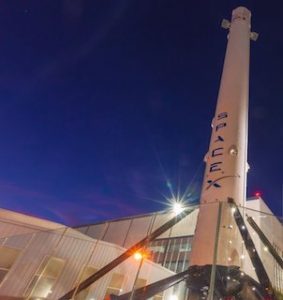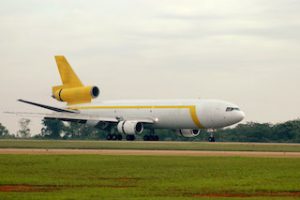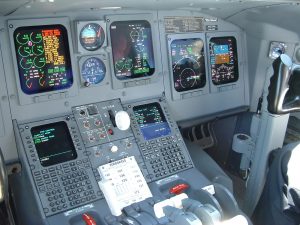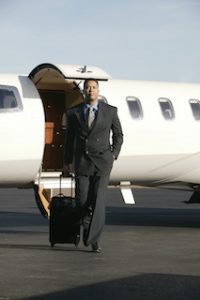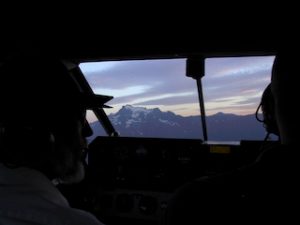Staff Nurse Vacancy To Airline Captain Vacancy
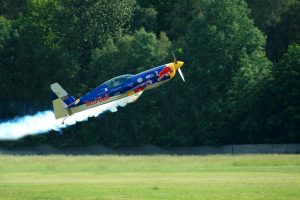 A staff nurse vacancy changed the direction of a life shaped by dreams and grit. The path from hospital floors to cockpit controls became real through steady effort. Each job taught lessons that shaped future progress. Over time, one journey crossed industries and touched the sky.
A staff nurse vacancy changed the direction of a life shaped by dreams and grit. The path from hospital floors to cockpit controls became real through steady effort. Each job taught lessons that shaped future progress. Over time, one journey crossed industries and touched the sky.
Applying for a staff nurse vacancy with a hidden dream
The staff nurse vacancy came during a period of uncertainty. Hospital shifts kept the lights on and bills paid. Daily duties included monitoring patients, assisting doctors, and managing medicine rounds. Each shift added strength. Yet deep down, a different future lived in silence.
Learning to manage pressure and stress
Nursing environments demand sharp thinking and calm reactions. Every decision affects lives. The pressure helped build strong nerves. These nerves became useful later. The same calm stayed steady through turbulence and long flights. Handling pressure made each future cockpit decision stronger.
From night shifts to flight manuals
Nursing requires stamina. Long nights stretch both body and mind. During breaks, aviation books replaced social feeds. Step by step, knowledge built confidence. As nursing shifts passed, so did new pilot lessons. Those small windows of time created strong habits.
Balancing study with hospital duties
Flight theory blended with real-life stress. Study took place during breaks and quiet hours. Nurses are experts in multitasking. That ability helped in flight school. Transitioning between work and learning felt natural. Each task supported the next goal.
Saving with purpose
Every nurse shift built flight funds. Sacrifices came daily. No luxuries, no waste. Flights needed fuel, both in the sky and in the bank. That focus helped push forward. Each dollar saved felt like a runway inch earned.
Patience through the long haul
Becoming a nurse takes time. So does becoming a pilot. Both careers test patience. Each step matters. Patience grew stronger with each exam, each check-in, each delay. The long haul prepared the body and mind for longer journeys ahead.
Managing human emotions
Nurses help people at their most vulnerable. They listen without judgment and speak with care. Those same skills matter in the cockpit. Pilots face passengers, cabin crew, and controllers. A calm voice and soft heart always help keep skies friendly.
Building confidence on the ground
Confidence doesn’t appear overnight. It grows through service and small wins. Each shift built courage. Small victories carried forward. These moments later helped with simulator exams and airline interviews. Confidence moved from hospital corridors to flight training centres.
Resilience through rejections
Nursing also brings rejection and tough feedback. Some patients lash out. Some outcomes hurt. That thick skin later helped during pilot selection. Not every try worked. But the will stayed strong. Resilience became part of daily life.
Training with a purpose
Once accepted into pilot school, focus sharpened. Each class meant progress. Each simulator session showed growth. Hospital discipline followed into aviation. Time management, fast thinking, and control checks felt natural. The path remained clear.
Carrying the care mindset into aviation
Nurses watch over lives. That care doesn’t stop at the hospital door. In aviation, passengers depend on pilots. Safety, comfort, and calm always come first. Caring in one career helped form deeper responsibility in the next.
Understanding teamwork
No nurse works alone. Teams handle emergencies. That teamwork later matched the flight deck. Pilots must listen, respond, and support. Communication learned in hospitals built strong crew coordination. Helping others became a habit, not a task.
Keeping focus through fatigue
Exhaustion trains sharp focus. Nurses work long shifts without pause. Pilots do the same in long-haul operations. Fatigue management starts early. Nursing built awareness of limits. That knowledge helped maintain safety in later flights.
Stepping into the cockpit with gratitude
First flying hours felt unreal. The cockpit felt like a reward. Yet gratitude came quickly. Each button pressed reminded of the hospital clock. Each takeoff felt like escaping gravity, both physical and emotional.
From student pilot to co-pilot
Passing flight tests meant new beginnings. Airline entry brought co-pilot status. Handling real passengers followed. Confidence grew with every rotation. Yet nursing values stayed present. Even in uniforms with stripes, kindness and care still led.
Applying for airline openings
Applications needed resumes, test results, and references. Each form showed the journey. Nurses often explain their backgrounds with pride. That unique history made applications stand out. Airlines valued the maturity and discipline earned from medical service.
Handling flight interviews with calm
Interviews test thinking under stress. That environment already felt familiar. Hospitals had prepared for tough talks. Speaking calmly, answering clearly, and staying kind helped. The journey from nursing shifts supported success in aviation interviews.
Mastering aircraft systems
Learning human systems helped understand aircraft systems. Both require logic, care, and accuracy. Pilots must monitor every gauge and warning. Nurses did the same with patient machines. That knowledge transition felt natural and smooth.
Flying with people
Each flight carried lives, not cargo. That awareness came from nursing. Behind every seat sat stories and dreams. That human view helped maintain care during every flight. Pilots trained as nurses never forget who they fly.
Transitioning into command training
Hours logged and ratings earned opened command training. The shift felt large but earned. Taking charge was no longer a dream. That next step required everything—training, wisdom, and heart. Nursing had prepared for leadership without knowing.
Captaining with empathy
Captains lead by example. Command means confidence. Yet empathy still leads the way. Nursing taught how to guide without force. Leading flight crews followed the same tone. The cockpit stayed calm through connection, not control.
Reflecting on early shifts
Hospital corridors, midnight alarms, and IV checks never fade. They shaped character. They built vision. Flying across oceans later felt smooth. But those early steps added weight to each mile. Gratitude filled every logbook entry.
Still growing every day
The cockpit doesn’t end growth. Each flight brings new lessons. Reflection remains daily. Nursing helped form a mindset of improvement. That habit stayed alive in aviation. Learning never ends. Neither does purpose.
Sharing the journey with others
Stories matter. Each step inspires others. Sharing nursing and aviation paths helps people dream wide. One field feeds the next. Strength spreads when stories get told. Others now see new bridges between skies and scrubs.
Health lessons in the sky
Nursing helped pilots care for their own health. Regular checks, good sleep, and balanced meals followed. Flight crews watch their bodies. That medical awareness reduced risks and improved performance. Knowledge saved time and energy in the air.
Trusting the change
Switching careers feels uncertain. Yet progress builds trust. From debut flight to final check ride, trust grows stronger. Each past job adds meaning. The path becomes clear only after many turns.
Paying it forward
Helping others explore change feels natural. Nurses care. Pilots lead. Helping new students, sharing notes, and guiding others becomes part of the journey. Kindness continues long after takeoff.
Flying through purpose
Every cockpit story starts somewhere different. Some start in hospitals. Some in small towns. But every path shapes the captain. Dreams grow stronger when supported by hard work, daily effort, and deep care.
Uniform
Two uniforms. One calling. First, a nurse helped others stand. Then, a pilot helped others fly. Both careers served people. Both lives touched skies. The change proved that new dreams always remain possible.
Beyond the clouds
Becoming an airline captain after starting with a staff nurse vacancy may sound rare, but the journey proves otherwise. Each step matters. Each shift builds something unseen. Skills earned at hospital bedsides helped guide flights. Flying came later, but service began long ago.

